In addition to ultra-thin smartphones, 2025 is the year of concepts with cameras or lenses to attach. Xiaomi surprised by unveiling a lens to clip on a smartphone and the Chinese giant is not without competitors. Its compatriot Realme is following the same movement with the Ultra, a stunning concept likely to shake up mobile photography.
The approach is radically different and is even more inspired by that of a real camera. Rather than including the sensor in the camera block, Realme relies on a custom 1-inch Sony sensor onto which a lens is screwed. The mechanism is simpler than Xiaomi's, but it remains incredibly effective, allowing Realme to offer two lenses.
The first 73 mm (f/1.4) is intended for portraits, while the second is a 234 mm (f/1.5) fixed focal length telephoto lens, offering a 10x zoom. The lens mount is proprietary, specifies the manufacturer.
Promises and questions
For its Ultra concept, Realme opts for a two-tone design combining metal and leather that is very reminiscent of the Xiaomi 15 Ultra. The Chinese firm, which has been back in Europe for a few months, does not mention a specific partner for its project. On its stand, Realme offers a demonstration that extols the merits of its solution by comparing itself to... an iPhone. Apple's smartphone is - logically - not able to compete with the telephoto lens of a camera. Unfortunately, the Ultra remains a concept and is not intended to be launched on the market, at least in the short term. The idea could catch on and appeal to photographers who need more than just a smartphone in the years to come.
Realme's efforts, like those of Xiaomi or Honor, demonstrate manufacturers' interest in photography. The latter are looking for new formats and the battle is reminiscent of the early years of the smartphone, with several models resembling, closely or distantly, cameras. One of the most emblematic cases is that of Sony with the QX10 and QX100 modules. Appearing in 2013, these lenses to be fixed on smartphones were not entirely convincing.
Years later, the technology has evolved and brands seem ready to imagine the imaging of tomorrow again.

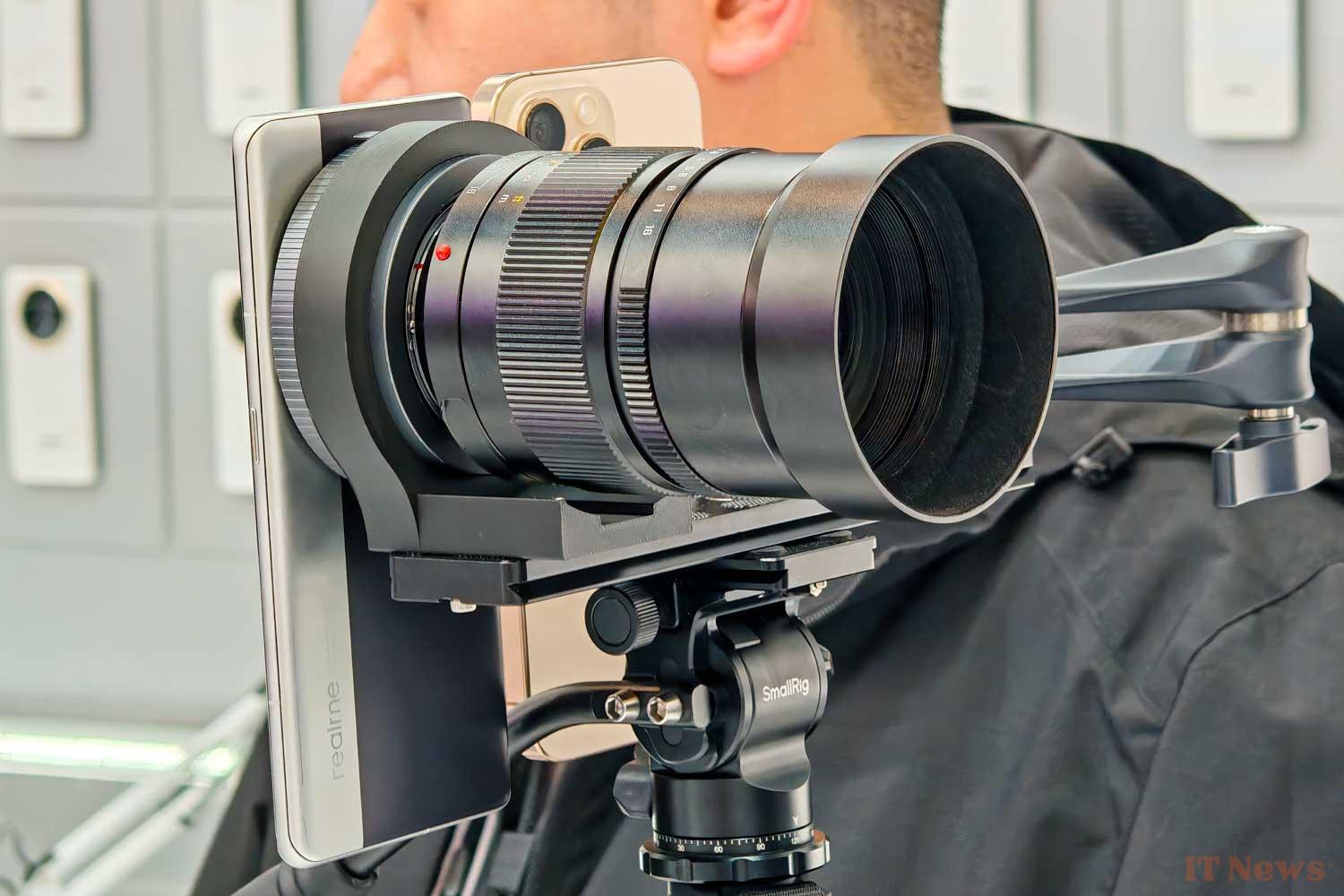

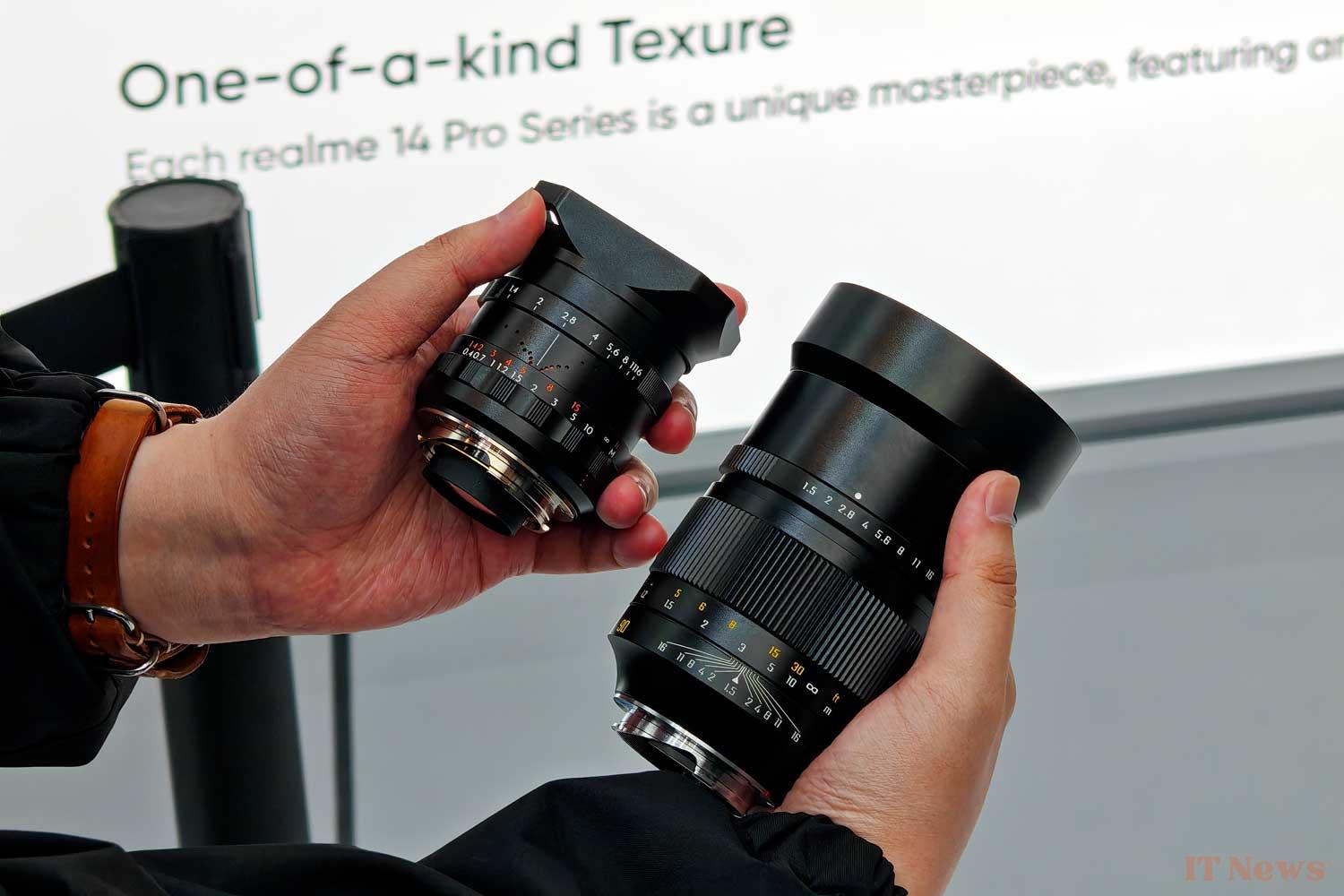
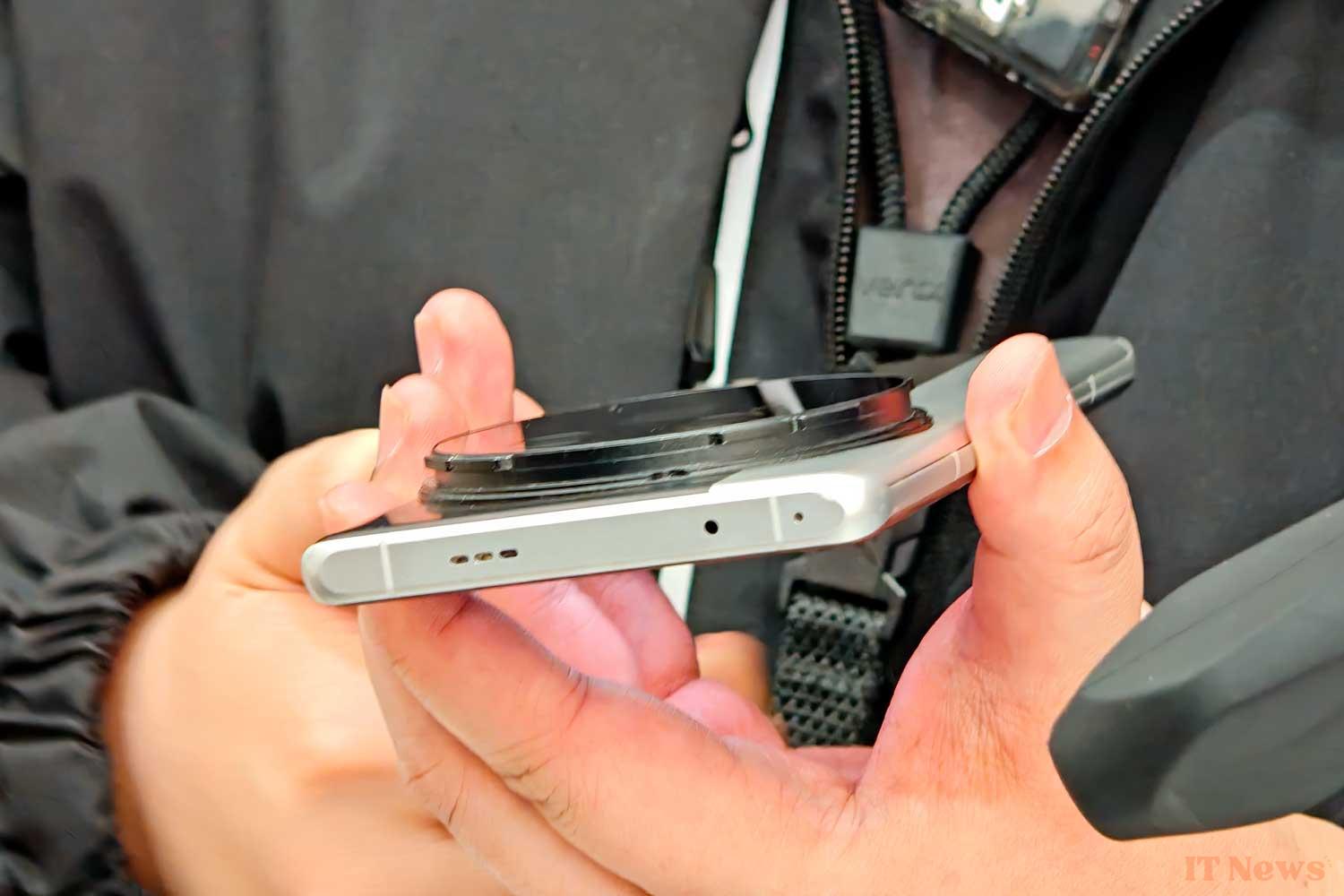
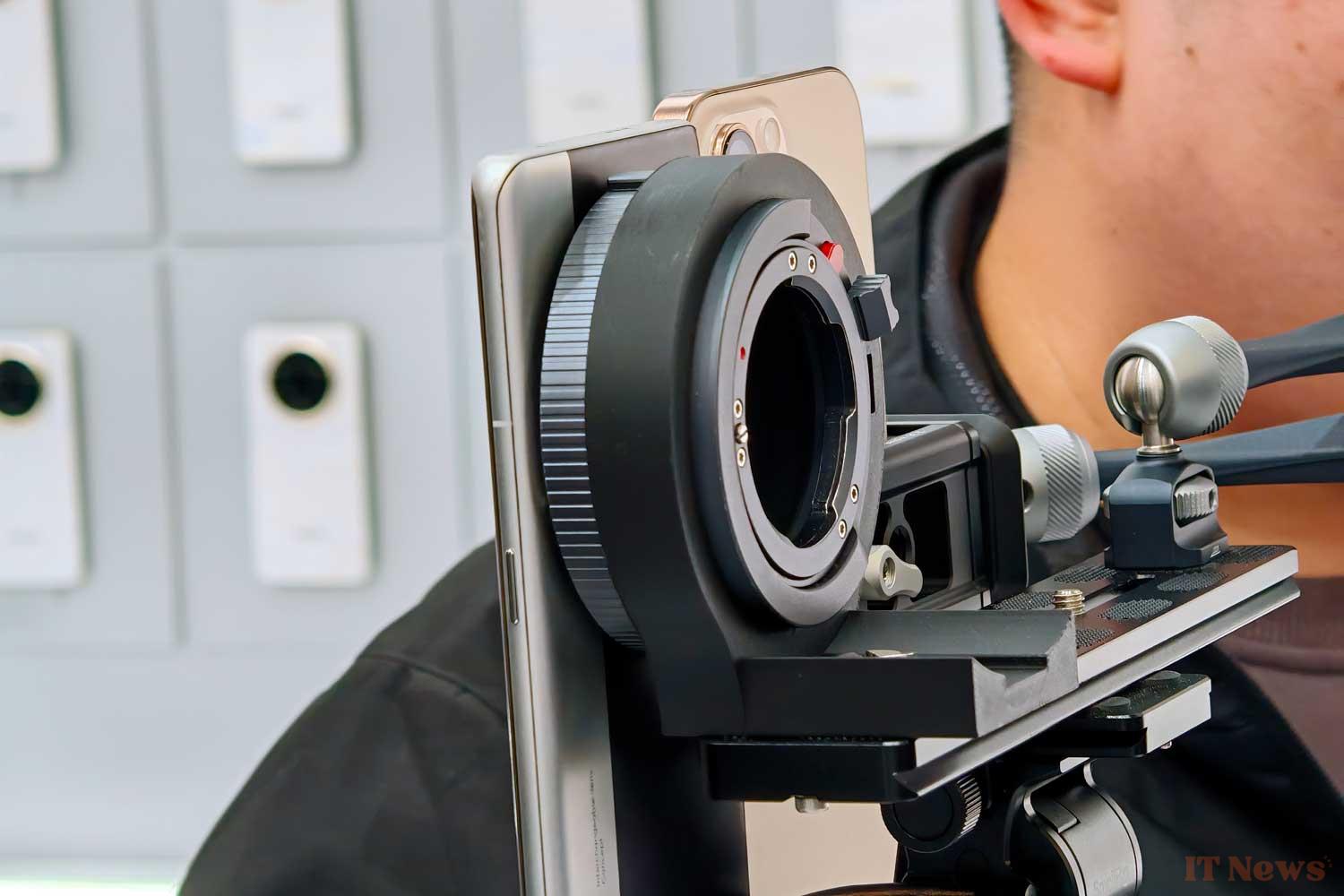
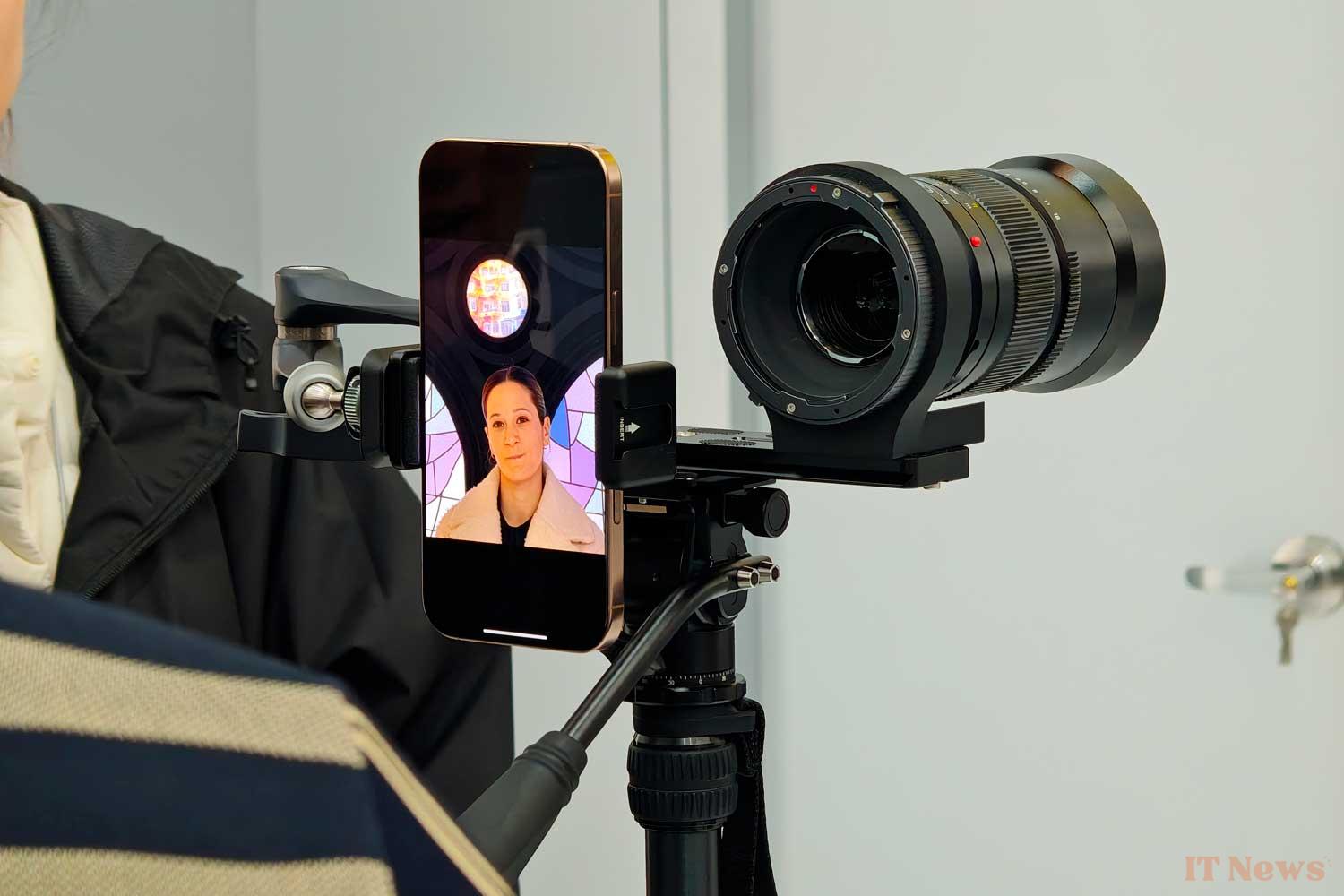
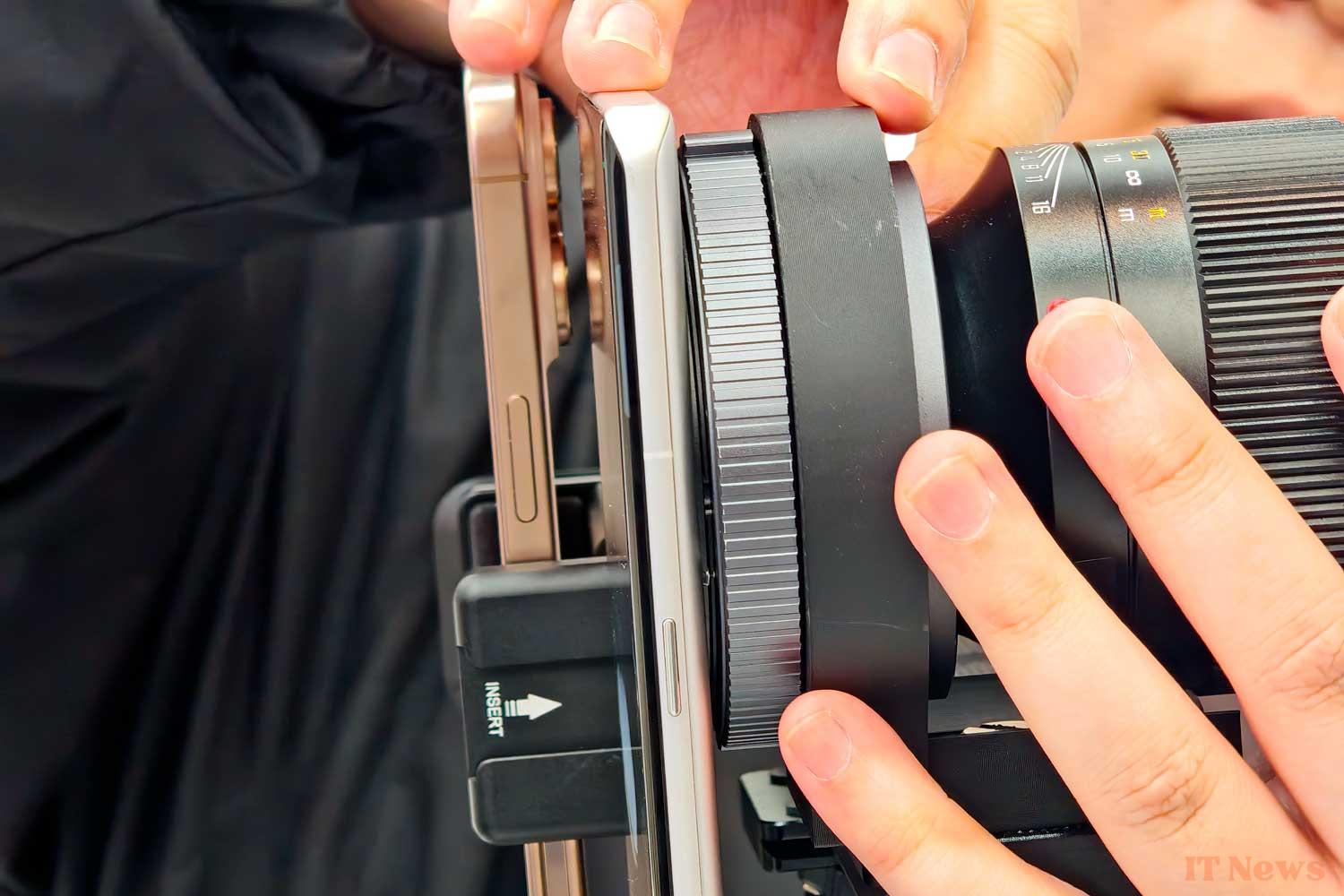
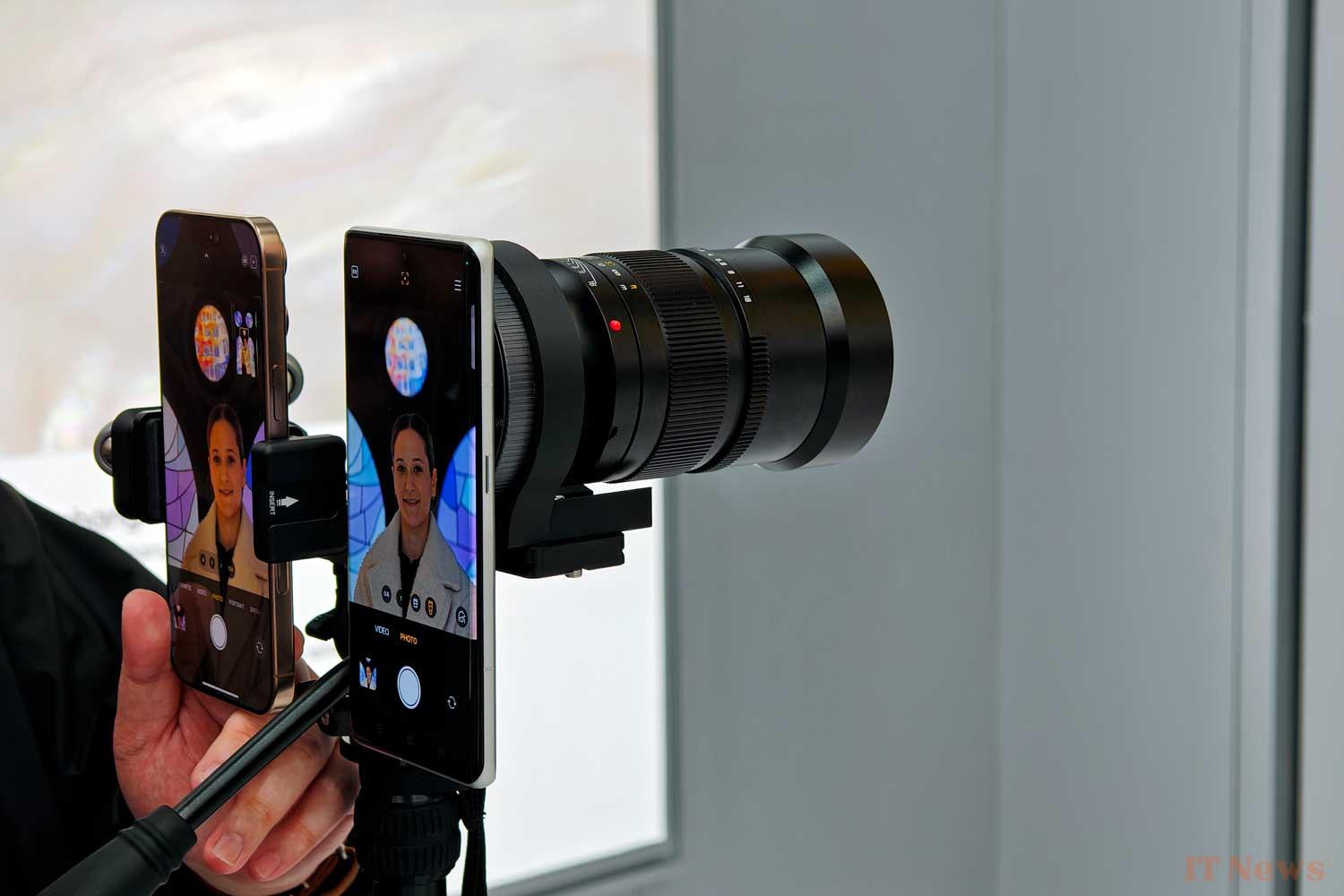
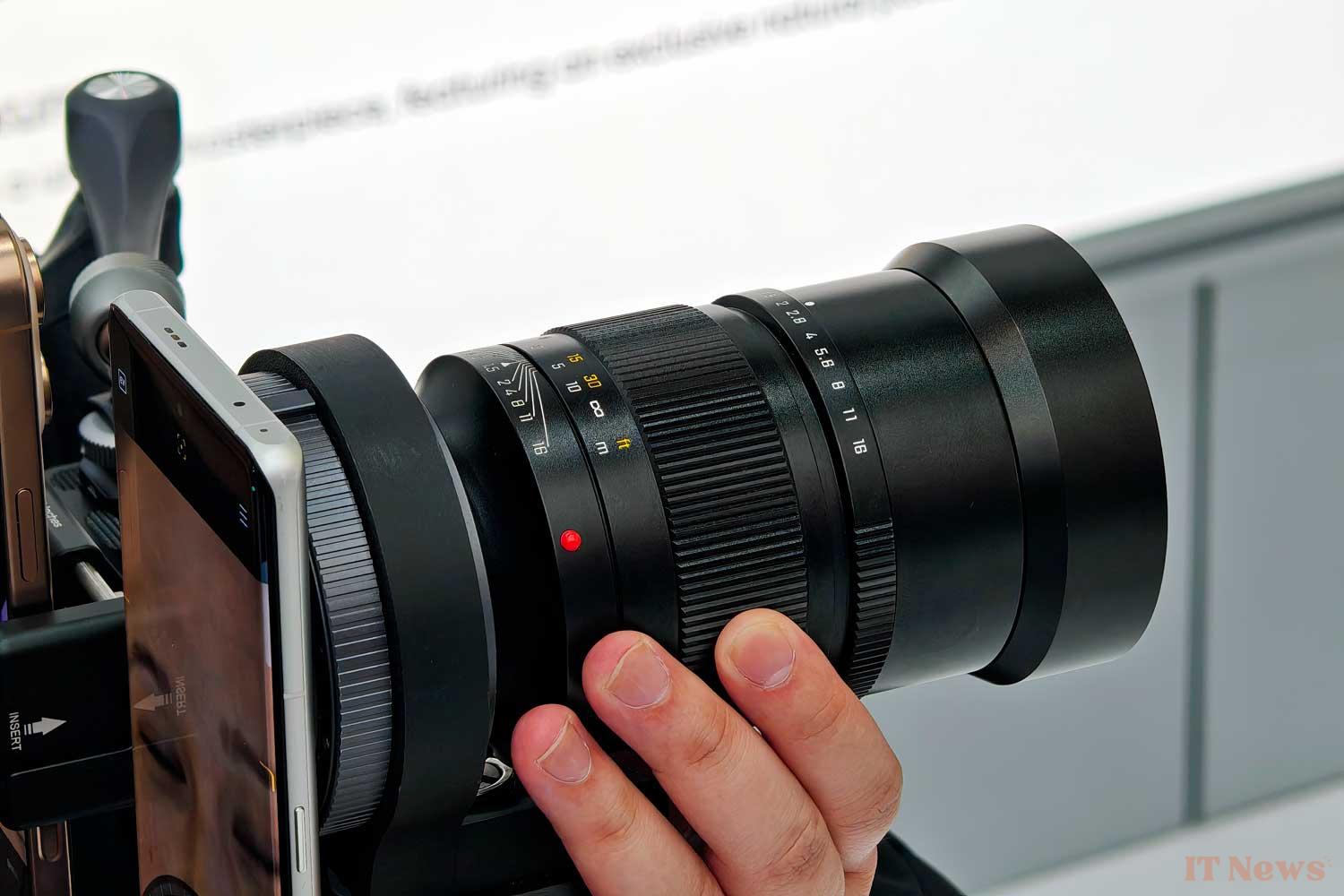
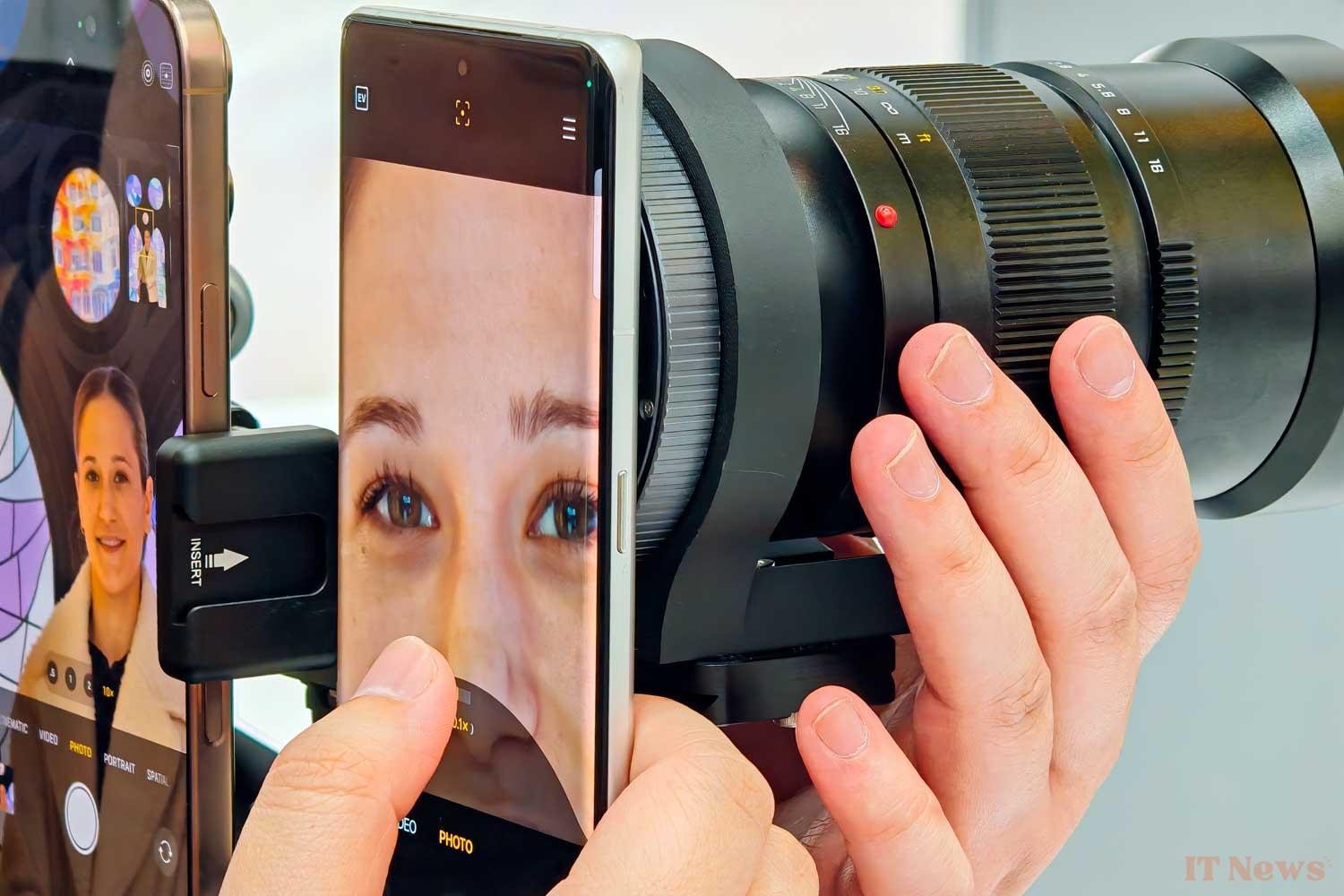

0 Comments